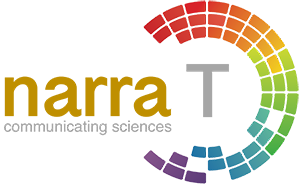Effects of patin fish-based nutritional intervention on biochemical and physiological recovery in malnourished rats: An in vivo study and its implications for clinical nutrition
DOI:
https://doi.org/10.52225/narra.v5i2.1811Keywords:
Malnutrition, rat model, total protein, albumin, hemoglobinAbstract
Malnutrition is a major global health concern, especially in developing countries. Although patin fish oil and protein offer benefits, their individual and combined effects on maternal physiology remain unclear, particularly during early pregnancy. The aim of this study was to assess the effect of patin-based nutritional intervention on total serum protein, albumin, hemoglobin levels, body weight during pregnancy, body weight during lactation, heart rate, respiratory rate, body temperature, external appearance, behavioral activity, and milk production in malnourished rats. An in vivo study was conducted using Rattus norvegicus rats. The rats were divided into six groups: (1) healthy control, receiving standard feed; (2) malnourished control, receiving an 8% low-protein diet; (3) malnourished group, receiving standard feed; (4) malnourished treated with patin oil; (5) malnourished treated with patin meat; and (6) malnourished treated with a combination of patin oil and meat. The treatment consisted of 21 days during pregnancy and 23 days during lactation, for a total of 44 days. Our data indicated that patin-based intervention significantly increased total protein (p=0.044), albumin (p=0.001), and hemoglobin levels (p=0.034) compared to malnourished control group. The malnourished animals treated with patin oil showed the highest increases in total protein (1.67%), albumin (17.75%), and hemoglobin (24.26%). Body weight gain improved significantly in patin-treated group in both pregnancy (p=0.032) and lactation (p<0.001) compared to the malnourished control, with the highest gains observed in the patin oil group. Milk production also increased significantly (p<0.05), reaching its peak in the patin oil and meat combination group (6.97 g). Physiological parameters, including heart rate (p=0.021), respiratory rate (p=0.025), and body temperature (p=0.023), were significantly different among groups, of which patin oil and meat groups had the most optimal parameters compared to malnourished control group. In conclusion, patin-based nutritional intervention effectively enhances protein metabolism, hematological parameters, and physiological health in malnourished maternal rats, with patin oil demonstrating the most pronounced effects.
Downloads
Downloads
How to Cite
Issue
Section
Citations
License
Copyright (c) 2025 Hidayaturrahmah Hidayaturrahmah, Agik Suprayogi, Huda S. Darusman, Katrin Roosita, Novriyandi Hanif

This work is licensed under a Creative Commons Attribution-NonCommercial 4.0 International License.



